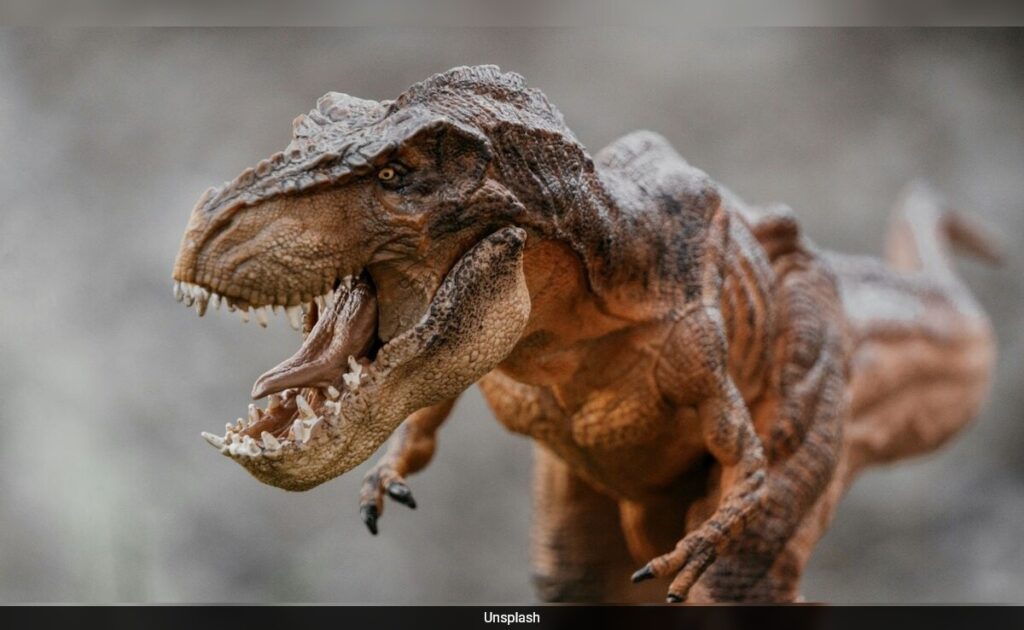Scientists Explore Robotic Reanimations of Extinct Creatures
Imagine a world where extinct creatures like the iconic Tyrannosaurus rex roam once again—sort of. Scientists are turning to robotics to recreate these ancient animals, potentially shedding light on the mysteries of evolution. According to a recent report in Science Robotics, researchers are developing robotic models that imitate the motion and anatomical features of dinosaurs and marine reptiles, unlocking a new frontier in our understanding of life’s evolutionary history.
Unraveling Evolution with Robotics
Dr. Michael Ishida from the University of Cambridge, a co-author of the review article, highlighted the ambitious nature of this project. "We have these animals that evolution has created over millions of years," he said. "But with a couple of lines of code or a new 3D-printed leg, we can simulate that vast timeline in just a day of engineering." This innovative approach allows scientists to investigate how the mechanics and anatomical designs of these creatures evolved over time.
For example, Dr. Ishida pointed out that by creating a robot modeled after ancient fish, researchers can explore the evolutionary pressures that may have prompted these species to adapt for life on land. This not only enriches our understanding of evolutionary pathways but also inspires the development of “paleo-inspired robots” that mimic these ancient forms.
The Rise of Paleoinspired Robotics
The exciting concept of "paleoinspired robotics" is transforming the field of robotics. While traditional bioinspired robotics focuses on replicating specific features of living animals today, paleoinspired robotics takes it further by analyzing the effects of anatomical changes across various species throughout history.
By examining these changes, researchers can enhance our understanding of biomechanics, energetics, and the overall kinematics of extinct creatures, revealing how certain traits evolved over time. This holistic view allows for comparisons between ancient and modern species, creating a more comprehensive picture of evolutionary processes.
The Bigger Picture: Why It Matters
You might wonder, why go through the effort of building robotic dinosaurs? The answers lie in the insights these models provide. Insights into evolutionary feasibility can inform conservation efforts, inspire advanced robotics applications, and ignite public interest in science and paleontology.
Moreover, by bridging the gap between traditional paleontology and cutting-edge robotics, scientists can grasp how ancient life forms might have interacted with their environments. This knowledge could lead to revolutionary changes in how we apply robotics in various fields, including environmental science and even robotics engineering itself.
Conclusion
The prospect of recreating extinct creatures as robots is as thrilling as it is enlightening. As scientists embark on this ambitious journey, we’re set to gain a new appreciation for the complexity of life’s evolutionary tapestry.
The AI Buzz Hub team is excited to see where these breakthroughs take us. Want to stay in the loop on all things AI? Subscribe to our newsletter or share this article with your fellow enthusiasts.




